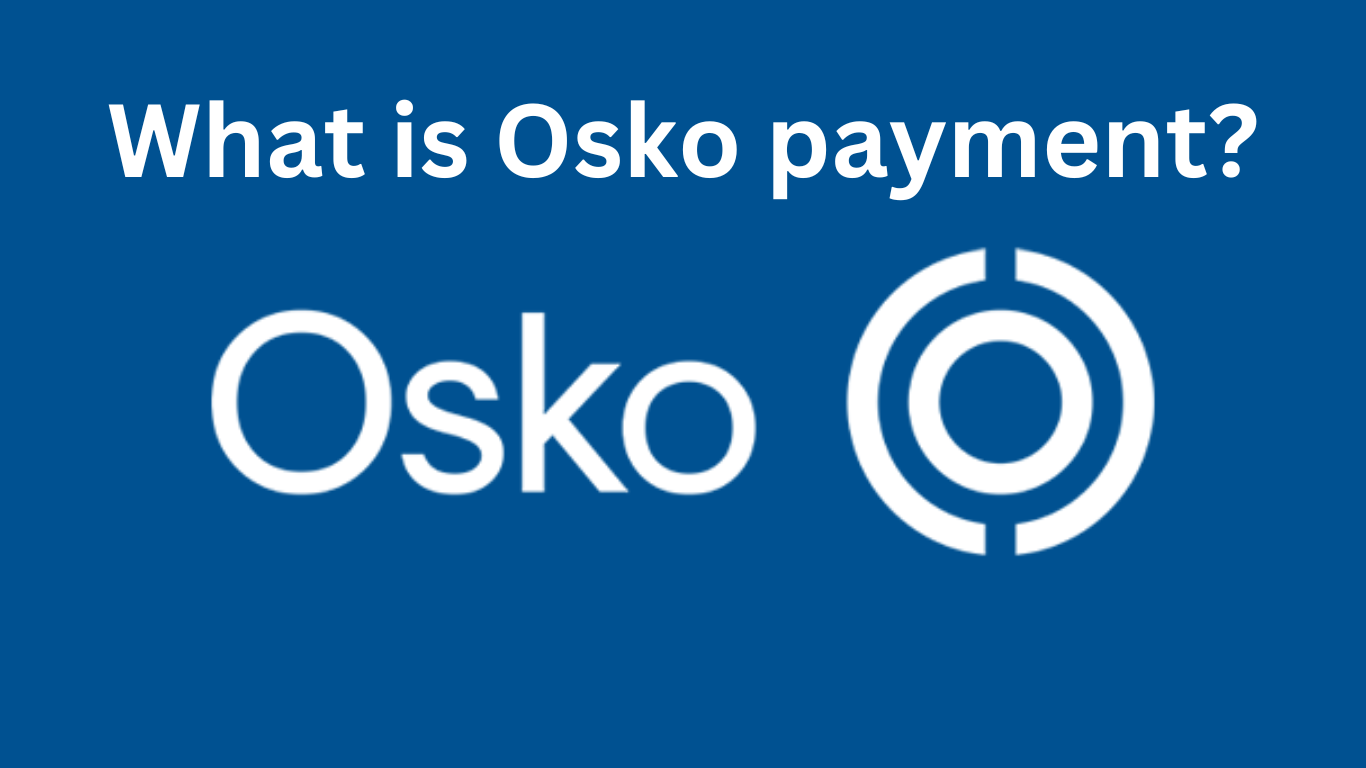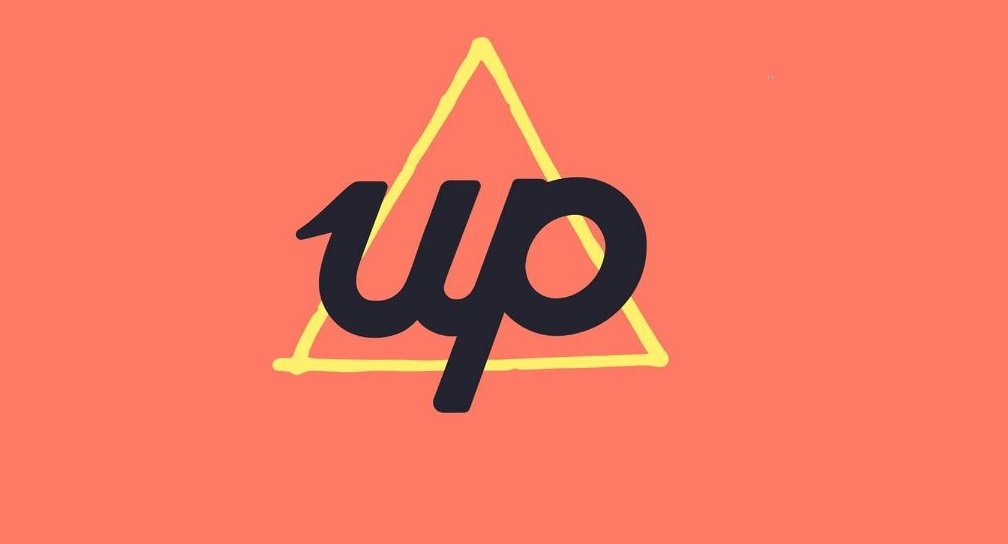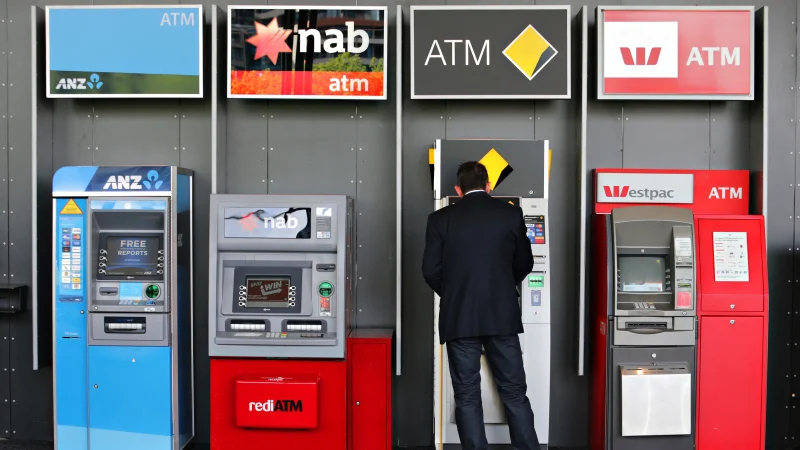In this article, I’m going to explain the ING Bank Review Savings Maximiser account to find out if it is the best savings account in Australia. I’ll cover the fees, security, special features, how much bonus interest you can get, and what you need to do to get the bonus interest rates every month.

ING in Australia
ING Bank Australia is a digital online bank made famous by Scott Pape, aka The Barefoot Investor. Scott mentioned in his famous book The Barefoot Investor that ING was his favorite bank. In his Barefoot Investor book, he encourages his readers to sign up for these two bank accounts from ING, which I’ll be discussing today. He uses these accounts himself to save and manage his money. One of the main reasons he loves ING is the high interest rates you get with their savings account.
For the past few years, ING Mortgage has consistently maintained its position as one of the top providers of high-interest savings accounts in Australia. Notably, they are among the first to implement any rate hikes announced by the RBA. As an online bank without ING physical bank branches, they operate with significantly lower overhead expenses, enabling them to pass on more of their savings to their customers.
ING Bank Review Online High Interest Savings Account: Savings Maximiser
The banking account with ING Savings Maximiser currently offers up to 5.5% interest per year, Australia’s highest-interest savings account. You must do three things every month to unlock this 5.5% bonus rate. First, you need to deposit over $1,000 from an external source. This can easily be achieved by asking your work to deposit your pay into your ING money account. Alternatively, you can transfer $1,000 from another bank account—you don’t even need to keep the $1,000 in there. If you want to, you can transfer $1,000 straight back into your account, which will still satisfy the first criteria.
Number two, you need to make five purchases from your ING bank account. So, when you apply for the Savings Maximiser account, you will also receive an Orange Everyday account. Think of your Savings Maximiser account as your savings account, and this Orange Everyday account as your spending account. You will receive an Orange Debit card linked to this account. All you have to do is use that card to purchase five things every month. So, if you’re at Kohl’s or Woolworths, you can go to the self-checkouts and make five separate split payments, which will satisfy the month’s requirement.
If you’d like to use Amazon like me, you can go on the Amazon website and buy five $1 e-gift cards, which you can use later. I do this at the beginning of every month, saving me time having to remember to do it later. And number three, you need to grow your balance every month. Now, it doesn’t have to be much. Even increasing your account balance by $1 every month will do. So, say you have $1,000 in your account in month one.
To receive the bonus interest for the following month, you must ensure you have at least $1,001 in month two, and so on. The easiest way to jump through these three hoops every month is to automate everything. So, I’ve set up an automatic bank transfer on the first of every month to deposit $1,000 into my ING Savings Maximizer account. Then, I set a reminder on my phone for the first of every month to buy five $1 Amazon e-gift vouchers.
The maximum balance to earn 5.5% is capped at $100,000. If you have over $100,000, I recommend keeping any excess in another bank account like UBank Saver, which has a higher maximum balance of $250,000. So, if you’ve already maxed out your balance at $100,000, any excess over $100,000 is wasted in the Savings Maximizer account.
I know it’s a first-world problem, but once you hit $100,000, you can set an automatic bank transfer to withdraw $999 from your account on the 28th of every month. That way, since you have $1,000 coming in every month, your balance is growing by $1 every month. This ticks off the third hoop while minimizing waste on the extra money that won’t earn interest.
Security and Fees With ING
Speaking of not wasting money, let’s now discuss the fees. ING does not charge bank account fees. This is another reason why the Barefoot Investor loves this bank. Other big banks, particularly the big four, are notorious for charging account-keeping fees. This is a ridiculous concept to me because they are making money from keeping your money, yet they are charging you for it, and yet some people still accept it. But with ING, you won’t have to worry about paying fees.
As a bonus, the Orange Everyday card allows you to make international purchases, both online and in person, without incurring any foreign exchange fees. Alright, so how about their security? Is ING safe for everyday Aussie use? First, like most Aussie banks, ING is protected under the Government Financial Claims Scheme. This means that if something were to happen to ING’s online banking, you would be covered for up to $250,000.
Another way ING tries to keep you safe is by encrypting its website so that others can’t read your personal information when you’re on the internet. They also have strict login security that protects your PIN code, which makes it hard for hackers to steal your info. Alternatively, you can set up Face ID, which I’ve done myself. Every time you log in, it scans your face, which makes it more secure and saves you time from entering a password.
You also have the option to set up security codes and two-factor authentication if you want to be extra safe. Finally, ING bank australia will send you email alerts for suspicious transactions on your account. You can act quicker by contacting ING to reverse dodgy transactions.
Sadly, in this internet age, there are many scammers out there, so please be careful, not just with ING but with any bank you go with. Unfortunately, bad people are trying to steal your money, so don’t trust any calls, texts, or emails you receive asking you to enter personal details. You can call a dedicated scam line if you think you’ve been scammed or see anything suspicious on your account. And their website has a whole page on how to look out for scams and protect yourself.
Special Features I like about ING Bank
Here are some more unique features and benefits of opening an ING account. We’ve already discussed the benefits of opening a Savings Maximizer account, but here are some benefits you can get from the Orange Everyday account. That is your Orange Spend account. For this account, if you deposit $1,000 into any ING account, including either the Orange Everyday account or Savings Maximizer, and you make five purchases using your ING Orange card, then you qualify for these benefits in the next calendar month.
For your information, when you sign up for a new account, you will receive all these benefits for free in the first month. They’ll also give you your bonus interest rates for the first month without having to jump through three hoops. You will be fulfilling these requirements anyway to get your bonus interest, which is the main perk of an ING dorect account.
You also get free international transaction fees when you shop online or overseas using your Orange card. This is a very handy feature if you like to buy miscellaneous items from overseas, like I do. For example, there’s a certain hair wax that I like that they don’t sell in Australia, so I have to order it from overseas.
You also get up to 5 rebated ATM withdrawals, so you can withdraw money from any ATM in Australia up to 5 times a month without being charged.
ING Banks Mobile Application
Let’s now talk about the ING banks platform itself. Once your account is approved, you can download the app on your smartphone. It’s very minimalistic and only shows you what you need to see. So if we click the accounts tab, as you can see here, I have my Orange everyday account and savings maximizer account. If you go into my Orange Everyday account, you can see all my transactions. So, as I mentioned before, here are my 5 Amazon gift card purchases to satisfy one of the hoops to get bonus interest.
Going to the benefits tab tells you whether you have unlocked the benefits for this month. According to this, I have already unlocked the benefits for September and October. So, let’s now look inside the savings maximizer account. I have blurred out a lot of the transactions and balance for privacy reasons, but this account should mainly just be money coming in. If you click this interest tab, it tells me whether I have qualified for the full bonus for this month and next month.
So it looks like I’ve already qualified for September and need to ensure my balance finishes higher in September than in August to qualify for October. It’s all straightforward to track. And as I mentioned before, if you automate everything, achieving the monthly bonus is straightforward. Let’s have a look at the side tab here.
So, there’s nothing too interesting to see. You can update your details here, but most of the time, you’ll be in the accounts tab. If we go into settings, you can set up Face ID and Pay ID. That’s about it for the app tour. It’s basic, clean, and minimalistic.
Is the ING Orange Everyday a good savings account?
The ING Orange Every Day is a bank account that charges you no fee for ATM withdrawals here or overseas, no international transaction fees, and a competitive interest rate when you link to the ING Savings Maximizer. So why am I telling you this? So, this first review is being marked as being from a verified customer and is a glowing review of the ING account. So, it calls out a few good features of the account.
To get this zero-dollar ATM fee thing going, you must deposit at least a thousand dollars monthly and make five card purchases that month. That’s how ING can see you using the account. The bonus interest you earn when you link to the ING savings maximizer is only applied if you meet these conditions. So, let’s have another look at another review.
This one is also on productreview.com.au. This is mainly positive, but the zero ATM fee requirements are high. So yeah, it doesn’t suit someone who doesn’t plan to use this as their main account. This review calls out a couple of things here. One is that the zero ATM feature might have been a point of difference a few years ago, but now most of the major banks don’t charge ATM fees either. This reviewer also could have had a better customer service experience.
It’s an excellent point to mention that ING doesn’t have branches right now. So, if you want to get some help with customer service, you will have to call or jump online. Okay, so this comment was posted on Whirlpool and makes a good point about zero ATM fees. While the central banks no longer charge ATM fees, ING will reimburse you whenever you charge an ATM fee instead of guiding you on which ATMs to use to avoid being charged a fee.
As the comment points out, you’ll still be refunded the $2.50 whether you use your ING card at an ATM or in casinos and convenience stores. That’s pretty great. We’re up to our last review, which is another positive one. This reviewer refers to himself as a typical smashed AVO Asia millennial. Haven’t we heard that a million times? He uses ING for all his online transactions, including overseas card payments.
If you’re depositing $1,000 a month and making your five-card purchases a month, you won’t be charged any overseas transaction fees, which is handy if you like to shop online. However, the review wasn’t all positive. Mr. AVO did notice that receiving money from overseas was a bit pricey. So, if you are looking for an account where you want to do regular international transfers, there might be borderless account options that will do this much better than this account because this isn’t what it’s designed for.
Another big promoter of this account is someone you might have heard of, Scott Pape, otherwise known as the Barefoot Investor. He recommends the ING account in his bestselling book because it has no account fees, ATM fees, or a real exchange rate on currencies from overseas. Just remember the book was last updated in 2018, but this is still a low-fee account and a good one to consider.
You should still check out all the up-to-date fees and rates before you apply. This is a bank account with no account fees, and it comes with a Visa debit card. If you deposit $1,000 per month and make at least five card purchases a month, you’ll get the following. There are zero ATM fees worldwide, no foreign transaction fees, and a bonus interest rate if you link to your ING Savings Maximizer.
ING Savings Maximiser and Orange Everyday Review
ING beat Westpac by over 2%. Westpac also charged me $5 transaction fees monthly, and I realized that over the four years that I’d had my Westpac account leading up to my transition to ING, I’d been charged $5 many times. Not only was I charged with my spending account, but I was also charged with my savings account. I didn’t realize that I was making some purchases with my savings account, and they charged me every time I did this.
Big banks often do this because they have so much overhead; they will charge you these little fees to get some money from you. Generally speaking, the smaller banks are more excellent to customers. Over the course of four years, I think I would have lost around $200 with these $5 transaction fees, as well as about $500 worth of interest. Now, I’m not too phased by this because $700 over four years isn’t a big deal, and I only had a little in my account anyway, so the lost interest wasn’t a huge factor.
You can make a significant difference when you have a lot more in your account and a slight disparity in interest than the bank’s offering. Let’s look at a hypothetical scenario now and assume I had $10,000 in both these savings accounts and held that for four years. So Westpac currently offers a base rate of 0.6% with an additional 1.35% for saving incentives.
Let’s go with 0.5% for the sake of example because that’s what they were offering me at the time, and for ING; I’m going to be using 2.5% because that’s somewhere in the middle of 2.8%, which is what they had when I initially moved to ING and now 2.3% which is where they are currently. I will also assume that I’m saving $1,000 every month.
So, for four years, with Westpac depositing $1,000 every month and getting interest rates of 0.75%, you will end up with $59,016. You’ll also enjoy interest earnings of $1,016. Now, let’s contrast this with ING. ING, you’ll end up with $61,477 and enjoy interest earnings of $3,477. This is a difference of $2,461. Just by going with a Better Bank account, you have $2,500 more than what you would have if you stuck with a bigger bank that didn’t really treat you that well. But $2,461 isn’t that much over four years. So, let’s now look at the numbers over a more oversized time frame.
Remember that I’m using this example to demonstrate to you how a little difference in interest can significantly impact your wealth over the long term. So, if you take the example I just explained and now do it over ten years with Westpac, you will end up with $135,353. You will earn $5,353 in interest; with ING, you earn $149,009 and $19,009 in interest. That is a difference of $13,656 from having a bank account with a better interest offer.
This is what matters in your finances. This is the number that you should be focusing on. It would help to focus on how hard your money works for you. So, for instance, if you’re currently investing somewhere and you’re getting a 5% return, see what you can do to get an 8% return or a 10% return because, over the long term, this will make a massive difference to your wealth. Over 20 years, the difference between these two bank accounts becomes $56,988.
Over 30 years, the difference is $140,423. Over 70 years, which is how long you can expect to have a bank account before you cash it, the difference is $1,213,435. So, there are over a million dollars at stake here. This doesn’t show you the incredible power of compound interest and how small things in your finances can significantly impact your overall wealth. I am still determining what will happen. Transitioning from Westpac to ING was a big moment in my financial career because it signaled the first time that I’d actually taken some financial responsibility.
Doing this made me feel quite mature and in charge of my finances. The beauty of this is that it is so quick and easy. It took me about an hour to open a new ING account, transfer all my money from Westpac to ING, close my Westpac account, and open a new bank account with NAB because they charge no fees. Keep in mind that ING is not a physical bank, so you will need to open another bank account if you are dealing with cash.
So, let’s get into some other reasons why I’m a happy ING customer. One feature of the Savings Maximizer that I love is that it shows you how much interest you’re earning every month, which is cool because you can check it during the month and see how you’re doing. There are also global rebates, which means you can use the card anywhere in the world, and you’re not charged for that. I’m not 100% sure about this because I have yet to use it overseas, but I am going overseas shortly, so I’ll see if it works, and you get entirely refunded for any fees or anything like that.
Like most other banks, ING requires you to meet certain requirements to receive the full interest offer. For example, you must deposit a thousand dollars every month and make five transactions on your Orange Everyday account. While this can turn some people off, it’s quite good because it forces you to save a thousand dollars every month and encourages you to use your debit card more than a credit card.
Something I’ve started doing is the first purchase I make every month will be on my credit card, and then all the other purchases will be on my debit card. Also, the ING app and online banking are straightforward to use. There are superb colors, and the line looks pretty cool. It makes me hungry for more money, and this is just my experience with ING. There are some great offers out there that you might want to consider.
For example, I know Ubank is currently offering 2.41% for its savings account. The main thing you should take away from this is how a tiny difference in your interest return can significantly impact your finances. The same is true for your mortgage. Changing from a 4% to a 3.25% loan will help you pay off your mortgage much sooner.
ING vs Ubank Comparison
ING is often compared to another online bank called UBank. I only recently started using ING because I want to maximize the interest I earn. However, I’ve been using UBank for almost a year now, and it’s my favorite bank due to its relatively high interest rates and straightforward requirements. So, let’s compare the two by looking at the table. Regarding interest rates, ING usually offers the higher of the two. ING is currently offering 5.5%, whereas UBank is offering 5%.
ING requires you to deposit $1,000, make five purchases, and grow your balance every month. So, ING makes you work harder to earn the extra interest rate. However, ING does offer more perks, like the 1% cashback and the free international transaction fees. UBank also offers free international transaction fees with a spending account, equivalent to ING’s Orange Everyday account.
The good news is that they both don’t charge account fees. The maximum deposit for the bonus interest rate is capped at $100,000 for ING. UBank is capped at $250,000, which is coincidentally the exact amount the government guarantee covers. So, you can earn interest risk-free. The app for both is simple and easy to use.
The UBank app is similar to ING in that it’s minimalistic and only has the things that you need to see. Both banks are suitable for all ages. Even if you are not tech-savvy, it’s straightforward to use. I’ve been using UBank longer and like their low requirements for earning the bonus interest rate. If you want a carefree set and forget a bank account that still earns you reasonable interest rates, then UBank is the bank to go.
All I have to do is set an auto $200 transfer into my UBank account every month, and I’m all set to receive the bonus interest. So, if you don’t want to go through the hassle of qualifying for all three of ING’s hoops every month, then UBank is a solid choice. However, if you think the three hoops are easy to achieve, then you’ll definitely earn more interest using ING. Personally, I like both, and I use both. And nothing is stopping you from using both.
In fact, the Barefoot Investor recommends in his book that you use ING to save your money and UBank to park your emergency fund. This does make a lot of sense since ING rewards you for growing your savings balance, and UBank is more flexible about withdrawing money when you need it without affecting your bonus interest. Again, it’s up to you. The good news is that ING currently offers generous promotions for new customers, but they do this infrequently.
Now, keep in mind that if you’re going to be using ING’s Savings Maximiser account, you’ll need to complete these four steps regardless. You may get $100 for free in the process. You just need to be at least 18 years old, an Australian resident for tax purposes, and provide the relevant identification. It only took me two minutes to sign up, and both my Orange Every Day and Savings Maximiser accounts were approved instantly.
ING VS Ubank – Which High Interest Savings Account Is Better In 2024
Both of these banks fall under the financial claim scheme. So they are back safely, with a net for deposits of up to $250,000 per account per ADI holder. Now, main meat and potatoes. Now, it’s a variable interest rate on your savings account, so this may be subject to change at any time, but this is currently what they’re offering. Now, with U-Bank, as you scroll down, the main component to get your 5% per annum is to deposit $200 per month. So this does not include internal transfers but from an external account into your U-Bank account to qualify for that 5% per annum.
Now, with the savings maximizer, with ING, up to here, we do have up to 5.5% per annum. Now, with ING, they make it a little bit more challenging to hit this 5.5% per annum. So, if you’re an eligible customer, you could get a great ongoing variable rate, 5.5% per annum every month. There is no welcome teaser, and it’s available for up to $100,000.
Now, just note that with U-Bank, this is up to $250,000. Now, as we scroll down, the main criteria that you’re going to have to meet with ING is that you’re going to need to deposit at least $1,000 from an external source into any personal ING account in that name, including LivingSuper and an orange one.
So yes, they give you a higher percentage of 5.5% per annum on a total of $100,000, but you will have to meet many more requirements to achieve this amount. So, in that case, it may be the right one for you. However, if you are looking for a simpler approach, U-Bank is probably the slightly easier version.
It still gives you a fantastic 5% per annum on combined balances. So it doesn’t matter which account you transfer this into—it can be your spending account or your savings account—as long as you’re transferring that $200 per month, which is not included in your internal transfers, into any of your accounts in your U-Bank account. Now, no monthly fees are charged to any of your savings accounts.
So keep an eye out, but if you could choose one bank out of ING or U-Bank at this moment, this would be the preferred one for your high-interest savings.
Frequently asked questions about ING Bank
How Do I Cancel My Scheduled ING Payment?
You can create a one-off or recurring transfer via funds transfer, pay anyone, and BPAY. But remember, scheduled payments can be processed from the account any time on the scheduled day. You can also set up a scheduled payment in online banking under transfers and pay.
Is ING bank a good bank?
Yes, it is a good bank to with.












